Unveiling a Conservation Gem: Why Butte Sink Wildlife Management Area Matters Now
When you hear about protected lands, what first comes to mind? Is it wide open trails, busy visitor centers, or perhaps sweeping views enjoyed by hikers and photographers alike? For many people, the importance of these natural spaces might seem most vivid when they are accessible, yet some of the most critical conservation lands are those carefully shielded from human impact. The Butte Sink Wildlife Management Area stands as a compelling example—a unique sanctuary in California’s Sacramento Valley that’s been quietly at work, preserving vital habitats from behind the scenes.
Butte Sink Wildlife Management Area isn’t your typical destination. While it’s part of the renowned Sacramento National Wildlife Refuge Complex and cradles some of the largest remaining wetlands in the region, almost all its acres remain off-limits to the public. Instead, its mission lies in striking a delicate balance between careful management and ecological protection through conservation easements—a concept that may be unfamiliar to many yet is incredibly powerful in preserving natural habitat. In an era where development and habitat loss threaten wildlife across the nation, understanding why spaces like Butte Sink are protected, and what they actually do for ecosystems and communities, has never been more relevant.
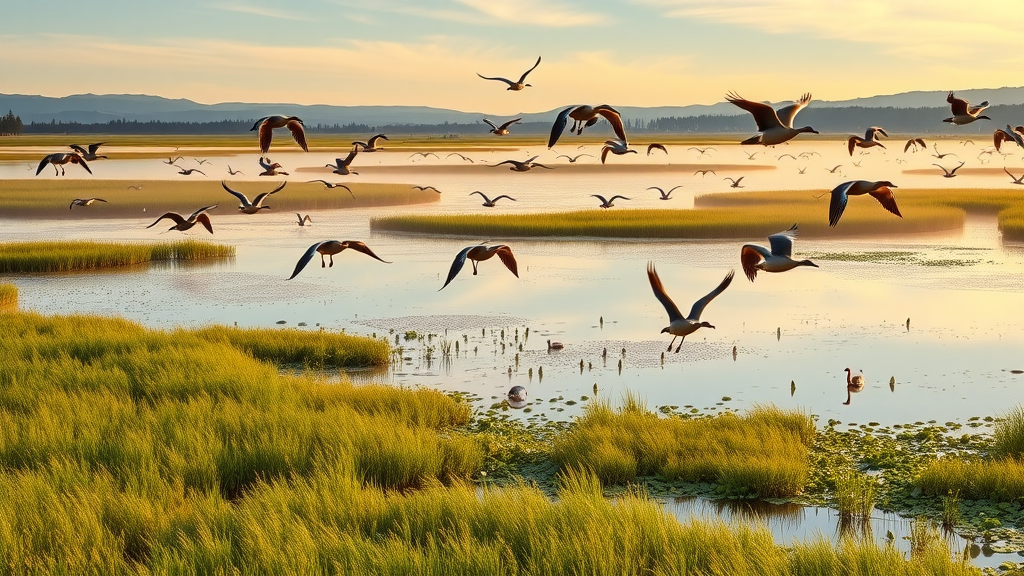
As curiosity about conservation grows, it’s vital to examine the hidden workings of such areas. Why would a major wildlife management area close itself to visitors, and what are the real-world outcomes of this model? Journey through the story of Butte Sink Wildlife Management Area as we expose fascinating details, reveal pivotal roles played in bird migration and ecosystem health, and discuss how the philosophy backing its management may shape future preservation efforts across North America.
Conservation Without Crowds: What Sets Butte Sink Wildlife Management Area Apart?
At first glance, the notion of a wildlife management area that doesn’t welcome the public might seem counterintuitive. Yet, for Butte Sink Wildlife Management Area, protecting sensitive species and sustaining ecosystem health sometimes means drawing firm boundaries. This unique area consists primarily of privately owned wetlands under special conservation easements. These are voluntary legal agreements between landowners and government or qualified conservation organizations, ensuring the land’s future use will always put nature first by restricting development, conversion to agriculture, drainage, or other alterations of the habitat.
Managed under the broader Sacramento National Wildlife Refuge Complex, Butte Sink Wildlife Management Area represents one of the largest contiguous blocks of wetland in the entire Sacramento Valley. Public access isn’t part of the equation because reducing outside impact is key to supporting up to 2 million wintering waterfowl and significant populations of threatened species such as the greater sandhill crane. Instead, stewardship occurs collaboratively, blending science-based management with responsible private land partnerships—an approach aiming for maximum benefit to flora and fauna.
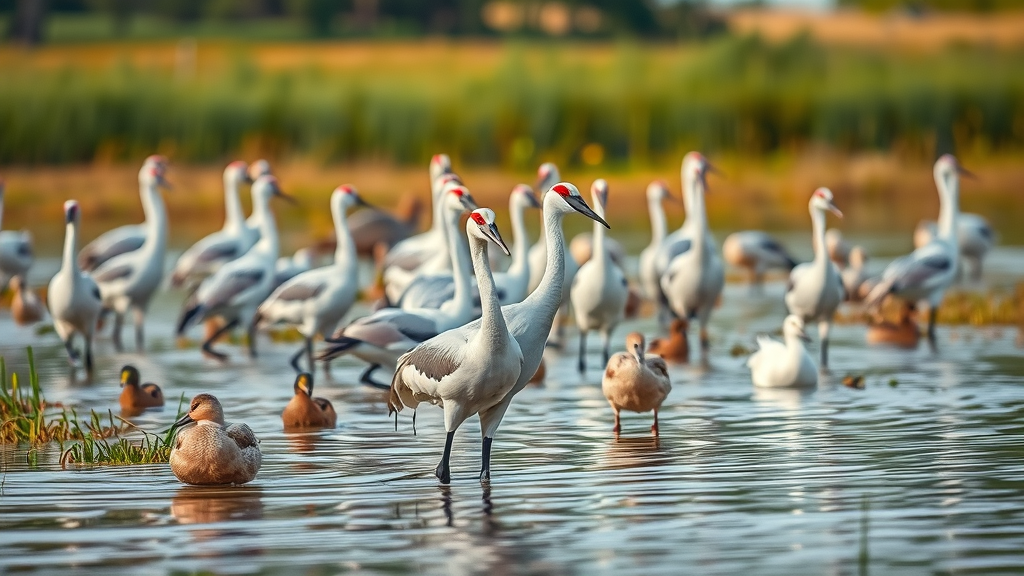
For those less familiar with terms like “conservation easement,” this management model may feel distant or less relatable compared to open parks and refuges. However, its effectiveness in preventing habitat loss and supporting wildlife is profound, especially as land development surges around sensitive regions. Failing to appreciate—and support—such areas risks undercutting some of the most important work happening in wildlife conservation today.
Why Conservation Easements in Butte Sink Protect More Than Just Land
Public lands are instrumental in America’s conservation legacy, but private lands protected by legal agreements are playing a growing role in sustaining biological diversity. At Butte Sink Wildlife Management Area, conservation easements ensure that rich wetlands, grasslands, and waterways continue to serve as safe havens for birds, mammals, and aquatic species. By enacting contracts that restrict drastic changes or commercial activity, these agreements directly prevent the loss of essential food sources, shelter, and breeding habitat.
Ultimately, these easements deliver a cascade of real-world benefits beyond keeping land wild. The winter migration spectacle—where millions of ducks, geese, and cranes descend on the region each year—remains possible only because these wetlands persist. Water quality in surrounding communities is better protected thanks to the filtering capacity of healthy marshlands, and the presence of thriving, undisturbed wetlands helps keep rare and threatened species from the brink of local extinction. While it’s easy to overlook these indirect outcomes, the Butte Sink’s presence quietly shapes everything from recreational opportunities within the surrounding Complex to the larger health of California’s natural heritage.
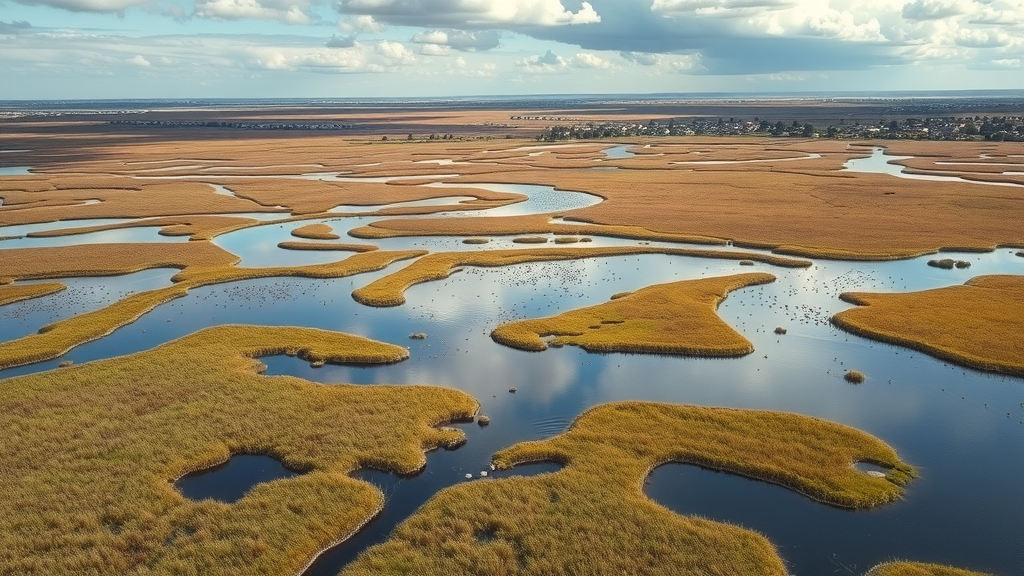
The Historical Roots and Modern Relevance of Butte Sink’s Protected Wetlands
The Sacramento Valley was not always as fragmented as it is today. Centuries ago, vast networks of wetlands covered the area, filling with birds and wildlife each winter and supporting California’s earliest communities. However, as development, agriculture, and urbanization altered the land, the Butte Sink region became a holdout—a vital remnant of what was once abundant across the region. Its significance is twofold: not only does it preserve a direct connection to the land’s natural history, but it also demonstrates how large-scale conservation efforts adapt in real-time to modern challenges.
Today, the wetlands managed at Butte Sink function as a living bridge between past and present. When millions of birds arrive each migratory season, it signals the ecosystem’s enduring power—and serves as a reminder that diligent stewardship is required for this legacy to continue. The Butte Sink’s strategic use of conservation easements sets a precedent: it shows that working in partnership with private landowners and holding firm to science-driven goals can secure protection at a landscape scale, even in the face of increasing demands on California’s natural resources.
Exploring the Greater Sacramento National Wildlife Refuge Complex
While direct access to Butte Sink Wildlife Management Area itself is not permitted, the region’s broader conservation network provides ample opportunities to connect with nature. The Sacramento National Wildlife Refuge Complex, in which Butte Sink plays a critical supporting role, offers a spectrum of public activities: from auto tours and hiking trails to wildlife photography and environmental education. For those seeking hands-on interaction with wetland habitats, these refuges are an open invitation—showcasing the diversity and spectacle that Butte Sink helps make possible.
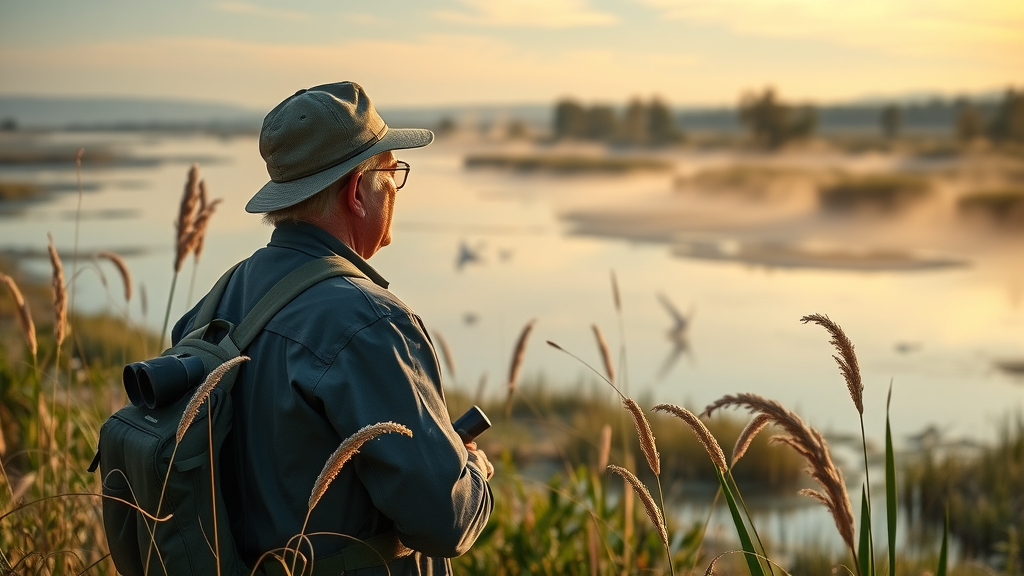
Visitor centers, seasonal walking trails, birdwatching lookouts, and protected hunting and fishing areas all create vibrant touchpoints for education and recreation. It’s here that people can witness the impact of large-scale conservation first-hand and gain a deeper appreciation for the interconnected work taking place behind the scenes in Butte Sink. As construction periodically updates facilities and enhances habitat management (as with current improvement projects at the Sacramento NWR), each trip is also a chance to see stewardship in action.
Habitat Stewardship: The Philosophy Behind Butte Sink Wildlife Management Area
Resource management at Butte Sink Wildlife Management Area is guided by a philosophy rooted in long-term ecological health. Rather than striving for visitor numbers or public usage, the focus is on maintaining, recovering, and enhancing habitat values for plants and animals. Refuge staff combine science-based practices with an adaptive mindset: every technique is carefully measured and tailored to specific needs, whether it involves water level management, invasive species control, or monitoring bird populations through detailed wildlife surveys.
The mission here goes beyond simply protecting space. It’s about forging partnerships—both with public agencies and private landowners—to ensure these landscapes remain vibrant for generations of wildlife and people. The approach values comprehensive planning and a commitment to ongoing improvement, as reflected in initiatives like the Comprehensive Conservation Plans and the National Wildlife Refuge System Improvement Act. This model cultivates resilience: ensuring that ecosystems can adapt to droughts, floods, and the evolving pressures of climate and land use change.
By putting wildlife first and engaging private landowners as teammates in stewardship, Butte Sink demonstrates what can be achieved when conservation is woven directly into the fabric of local communities. It’s a vision grounded in both humility and ambition, aiming to safeguard rare species and abundant biodiversity in a changing world.
The Impact of Protected Wetlands: Validation from the Field
The results of the Butte Sink Wildlife Management Area’s careful stewardship are not always measured in visitation figures or busy parking lots, but in the presence of thriving wildlife and lasting ecosystem services. While there are no public reviews attributed to specific visitors in the inputs, the very existence of thriving winter bird populations and the area’s status as the largest interconnected wetland block in the valley stand as silent testimonials to success.
[[review_one_text]]
Stories like these—whether from birders, conservationists, or even landowners—underscore the importance of preservation strategies that prioritize ecology over access. For those who value the future of native species and the breathtaking phenomena of seasonal migrations, supporting protected areas like Butte Sink provides a powerful pathway to meaningful impact and a legacy of abundance for the next generation.
Embracing Conservation Beyond the Trail: The Lasting Significance of Butte Sink Wildlife Management Area
As public enthusiasm for nature and wildlife continues to grow, so does the need to recognize forms of conservation that operate outside of traditional recreation models. The Butte Sink Wildlife Management Area, anchored within the Sacramento National Wildlife Refuge Complex, offers a crucial lesson: land preservation isn’t one-size-fits-all. Sometimes, the greatest ecological value comes from restraint and careful partnership, rather than open access. By maintaining vast, undisturbed wetlands through conservation easements, Butte Sink sets a high standard for both biodiversity support and responsible stewardship.
The contributions of Butte Sink to sustaining waterfowl migrations, protecting threatened species, and improving regional ecosystem health reaffirm its role as a leader in modern wildlife management. For anyone interested in seeing how thoughtful policy, community engagement, and scientific planning shape lasting natural outcomes, the lessons offered by the Butte Sink Wildlife Management Area are as vital and inspiring as any landscape on public view.
Contact the Experts at Butte Sink Wildlife Management Area
If you’d like to learn more about how the conservation strategies and protected wetlands of Butte Sink Wildlife Management Area could benefit wildlife and communities across California, contact the team at Butte Sink Wildlife Management Area.
📍 Address: Live Oak, CA 95953, USA
🌐 Website: https://www.fws.gov/refuge/butte-sink-wildlife-management-area
Butte Sink Wildlife Management Area Location and Availability
🕒 Hours of Operation:
📅 Monday: ❌ Closed
📅 Tuesday: ❌ Closed
📅 Wednesday: ❌ Closed
📅 Thursday: 9:00 AM – 4:00 PM
📅 Friday: 9:00 AM – 4:00 PM
📅 Saturday: 9:00 AM – 4:00 PM
📅 Sunday: 9:00 AM – 4:00 PM
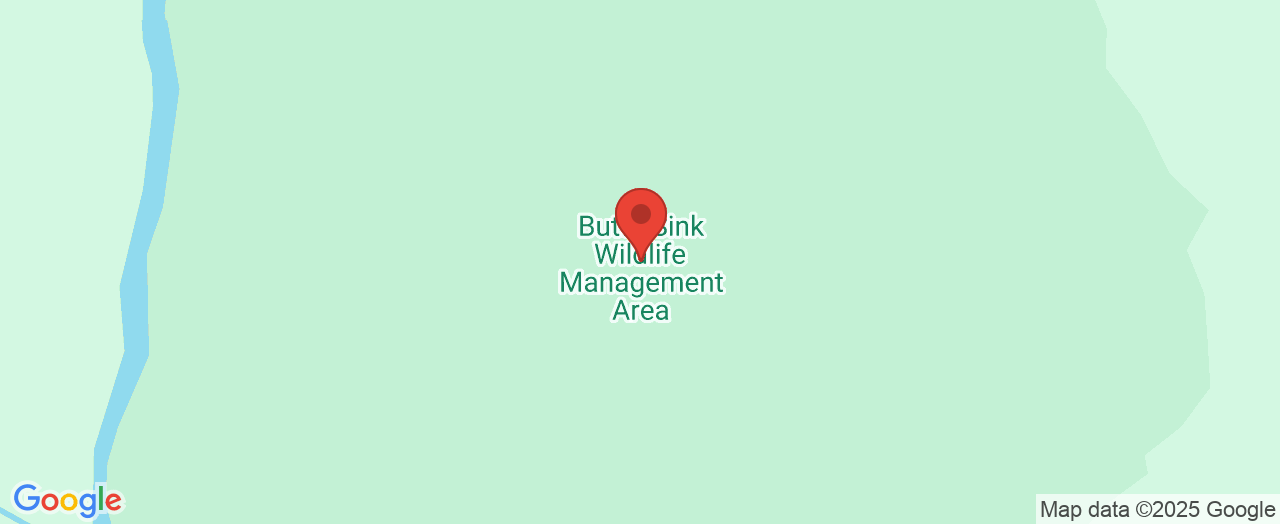
 Add Row
Add Row  Add
Add 





Write A Comment